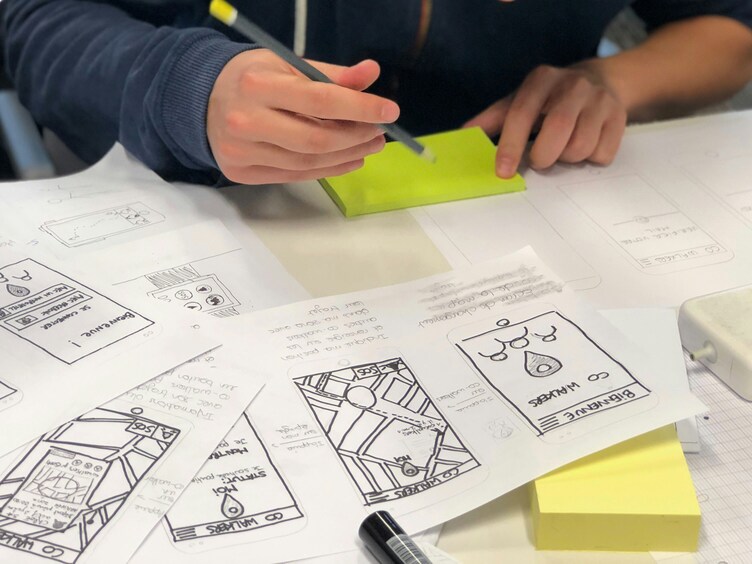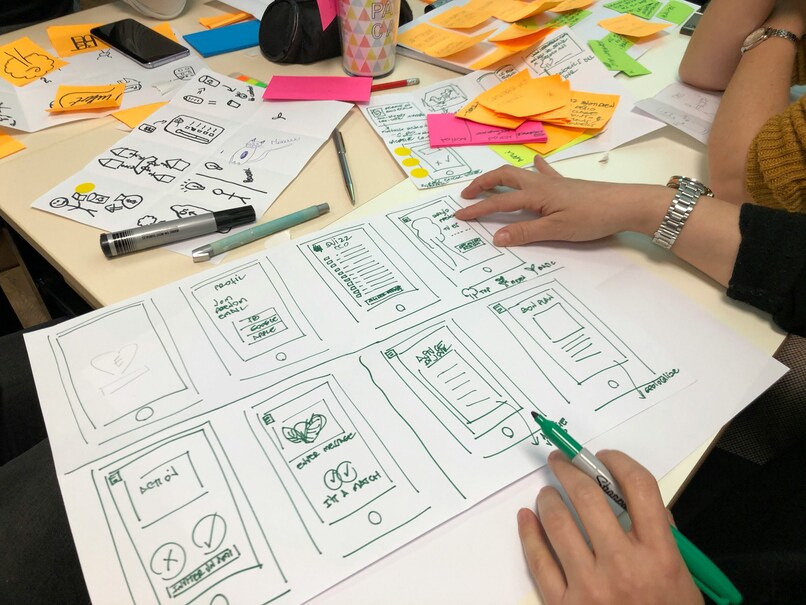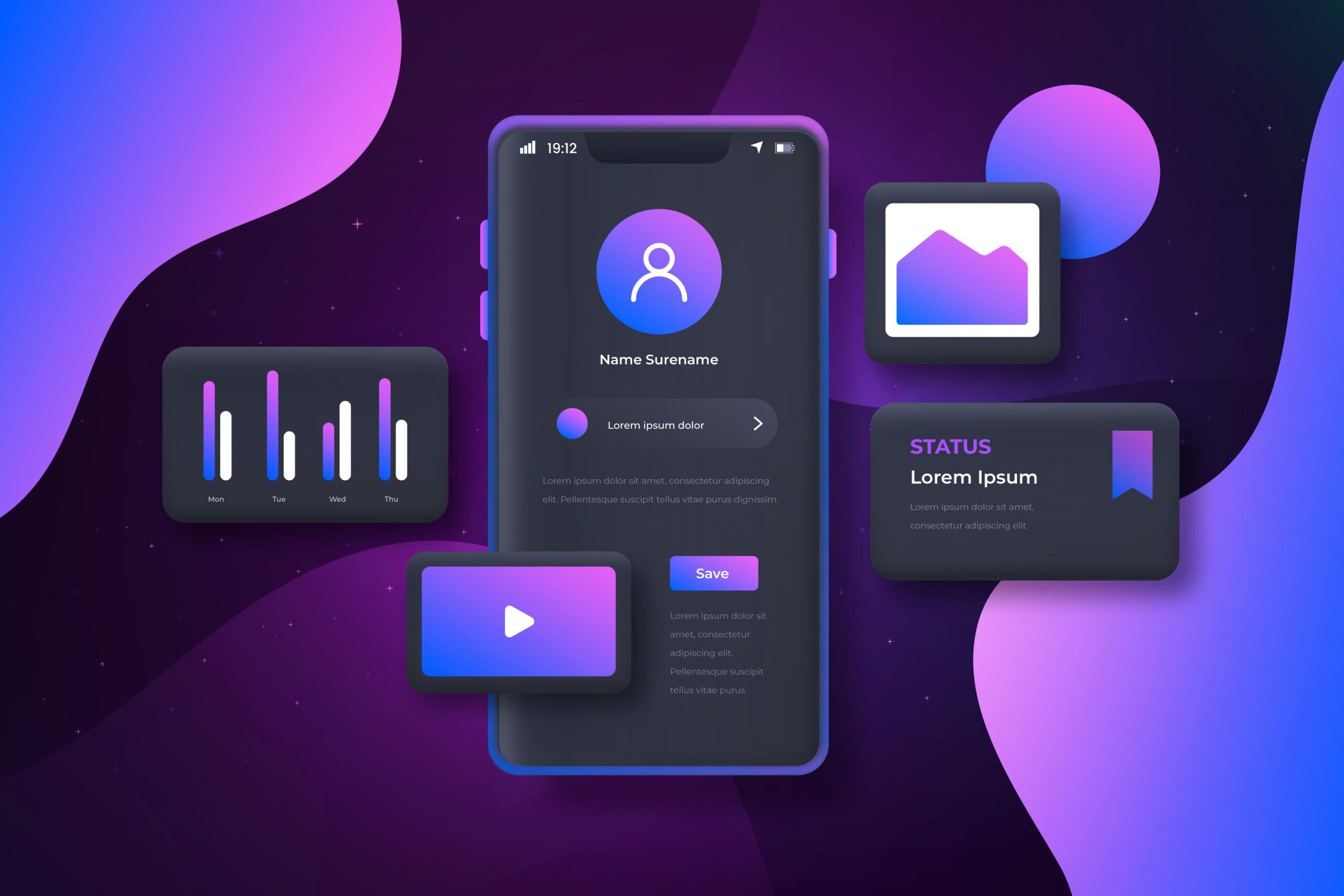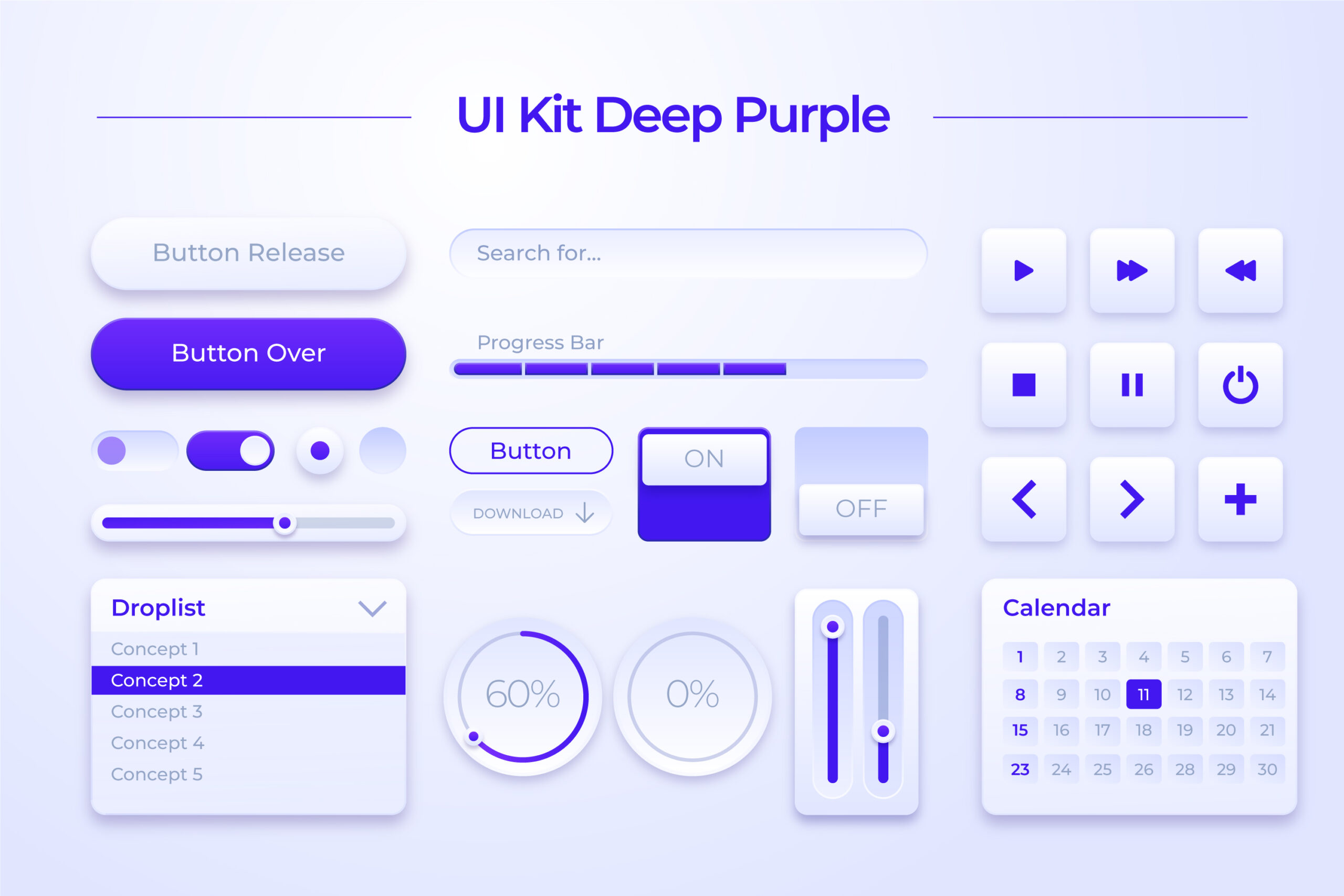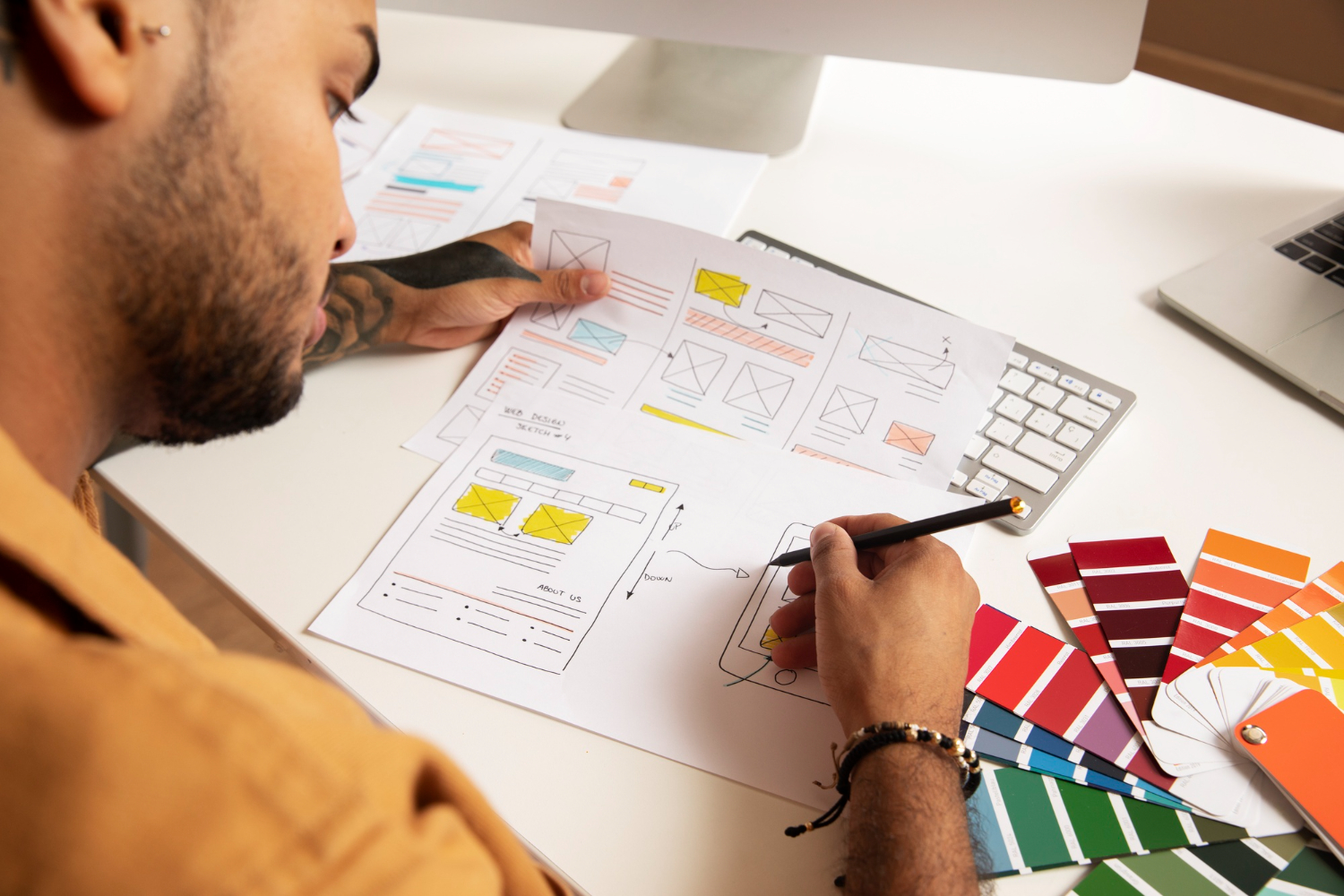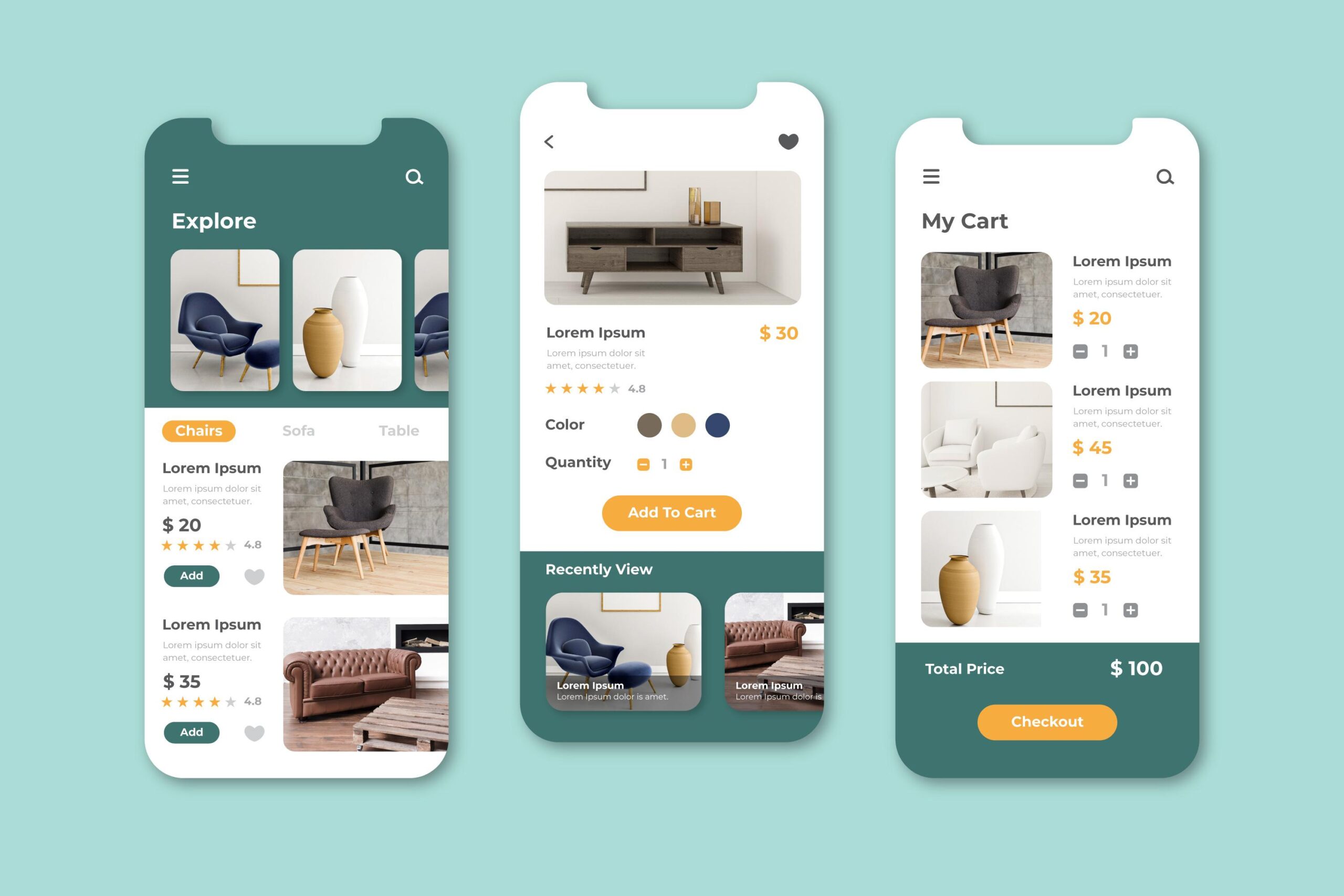
By Manick Mallick | Edited By Hazbyte | Published on 11th Feb 2024
The world of mobile app design has traversed a remarkable evolutionary path, reshaping the way we interact with technology and enhancing our digital experiences. From the iconic Nokia 6110 and its classic game ‘Snake’ to the groundbreaking innovations of Facebook and Google, each milestone has left an indelible mark on the landscape of mobile app design. In this comprehensive exploration, we embark on a journey through the transformative trends that have defined the evolution of mobile app design, from its humble beginnings to the forefront of technological innovation.
Table of Contents
The Dawn of Mobile App Design: A Historical Overview
The inception of mobile app design can be traced back to the iconic Nokia 6110, which introduced users to the captivating world of mobile gaming with the classic game ‘Snake’. This groundbreaking device not only revolutionized mobile entertainment but also laid the foundation for future innovations in mobile app design.
However, it was the introduction of the iPhone by Steve Jobs in 2007 that truly revolutionized the mobile landscape. With its sleek design, intuitive interface, and revolutionary touchscreen technology, the iPhone challenged designers to rethink traditional user experiences and embrace a new era of mobile interaction.
The emergence of Android devices further fueled innovation in mobile app design, with devices like the HTC Dream paving the way for a new generation of smartphones. This era of fierce competition in the mobile market led to a proliferation of design innovations and consumer choices, shaping the future of mobile app design in profound ways.
Google’s Material Design: A Paradigm Shift in Mobile UX/UI
In 2014, Google introduced Material Design, a design language that would revolutionize the way we interact with mobile apps. Material Design combined skeuomorphic and flat design elements to create a cohesive and intuitive user experience, setting a new standard for mobile app design.
With its emphasis on responsive animations, bold colors, and intuitive interactions, Material Design not only influenced the visual aesthetics of mobile apps but also transformed the way developers approached app development. By prioritizing mobile-centric experiences and providing a unified design language across platforms, Material Design heralded a new era of mobile app design that focused on usability, accessibility, and user engagement.
Key Features of Well-Designed Mobile Apps
Crafting a positive first impression is crucial in mobile app design, as users form opinions about an app within seconds of using it. A clutter-free interface that enhances functionality and promotes user retention is essential for creating a positive user experience.
Simplifying design elements is another key aspect of well-designed mobile apps. By minimizing distractions and ensuring a seamless user experience, designers can create interfaces that are intuitive and easy to navigate.
Optimizing typography for readability and clarity is also crucial in mobile app design. Clear and legible text not only conveys information effectively but also enhances the overall user experience by reducing cognitive load and improving comprehension.
Implementing intuitive navigation systems is essential for guiding users through the app and facilitating efficient task completion. By streamlining user interactions and providing clear pathways to desired actions, designers can create interfaces that are intuitive and user-friendly.
Emerging Trends in Mobile App Design: Navigating the Future
As technology continues to evolve, so too does the field of mobile app design. Several emerging trends are shaping the future of mobile app design, offering new opportunities for innovation and creativity.
Integrating videos seamlessly into mobile app design is one such trend that is gaining traction. By enhancing content engagement and user experience, videos have become an integral part of mobile app design, offering users a more immersive and interactive experience.
Personalization is another key trend in mobile app design, with users increasingly seeking customized experiences that cater to their individual preferences and behaviors. By offering personalized recommendations and tailored content, designers can create apps that are more engaging and relevant to users.
Augmented reality (AR) is also revolutionizing mobile app design, blurring the lines between the digital and physical worlds. By overlaying digital content onto the real world, AR creates immersive and interactive experiences that captivate users and enhance engagement.
Passwordless login solutions are another emerging trend in mobile app design, offering users a more convenient and secure way to access their accounts. By leveraging biometric authentication methods such as face and fingerprint recognition, designers can create seamless and frictionless login experiences that enhance user convenience and security.
Conclusion:
As we navigate the ever-changing landscape of mobile app design, it is clear that innovation and creativity are at the heart of this dynamic field. From the humble beginnings of ‘Snake’ on the Nokia 6110 to the immersive experiences of augmented reality, each milestone reflects the relentless pursuit of excellence in user-centric design.
As designers and developers continue to push the boundaries of what is possible, embracing emerging trends and technological advancements will be essential for shaping the future of mobile app design. By staying attuned to the needs and preferences of users and leveraging the latest tools and technologies, designers can create mobile apps that not only meet but exceed user expectations, ushering in a new era of innovation and creativity in mobile app design.

Opting for Hazbyte for authentic AI tools information and reviews is a wise choice for several compelling reasons. Hazbyte stands out as a reliable source, committed to providing unbiased and accurate insights into the ever-expanding landscape of AI tools. The platform employs thorough research methodologies, ensuring that the information presented is up-to-date and reflective of the latest advancements in the field. The reviews on Hazbyte are characterized by their depth and comprehensiveness, offering valuable perspectives on the functionality, usability, and real-world applications of AI tools. The platform’s commitment to transparency and objectivity instills confidence in readers, making it a trustworthy guide for individuals seeking genuine evaluations before making informed decisions. Hazbyte’s dedication to delivering credible and unbiased content establishes it as a go-to resource for those navigating the complex and rapidly evolving realm of AI tools.

